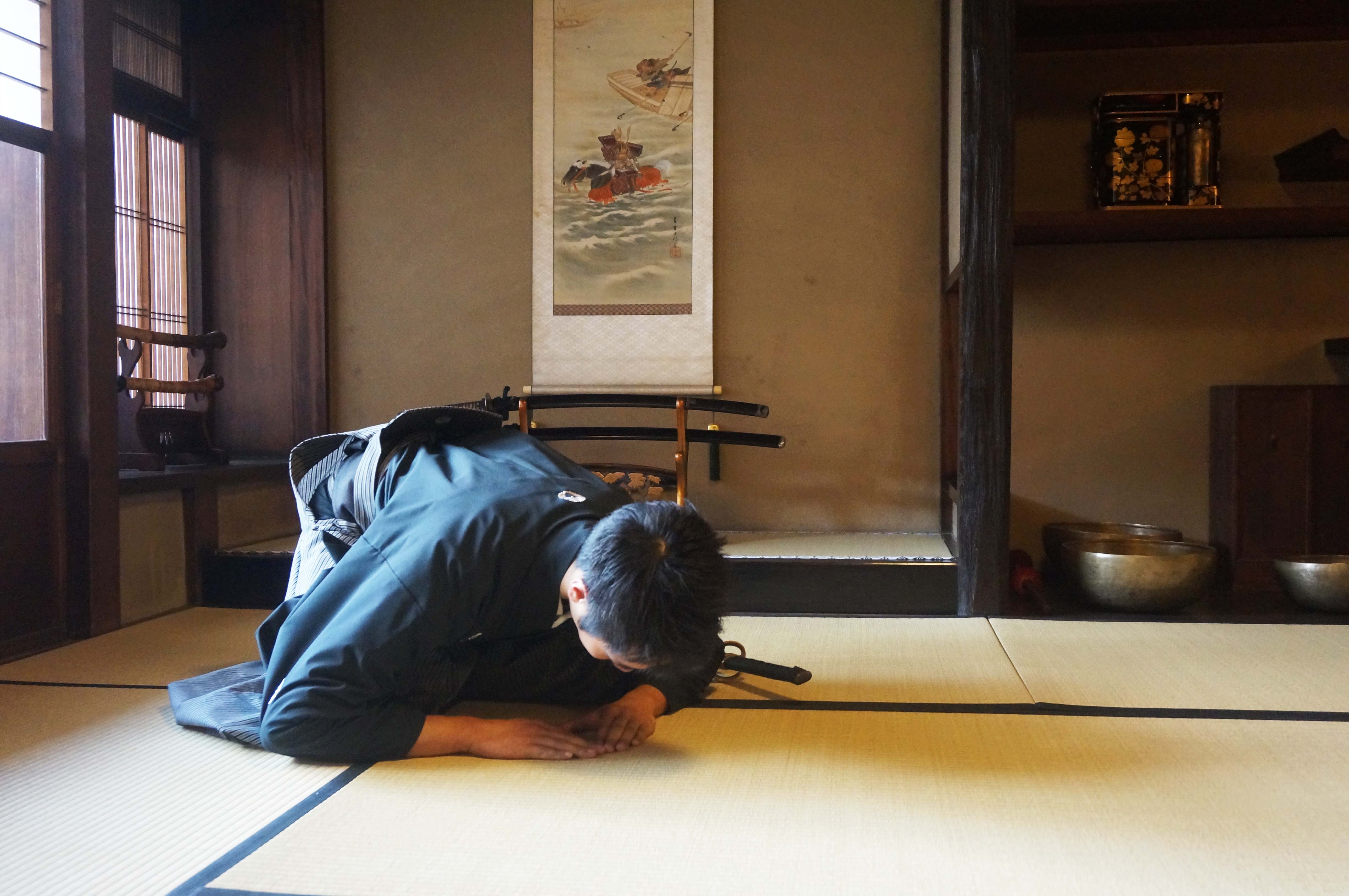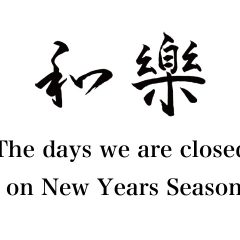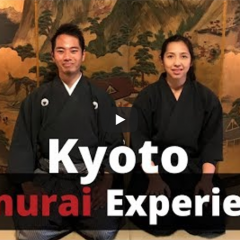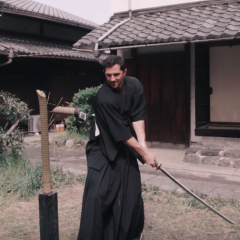Introduced on “We are the Earth”

We are very honored to be introduced on a outstanding traveling blog “We are the Earth”.
http://wearetheearth.nl/de-samoerai-leeft-voort-in-kyoto/
Yalou was a kind and great person, with pure interest and respect towards the Samurai culture.
We hope you can take a look at the blog, and visit her Instagram as well.
Thank you.
“We are the Earth” Instagram page:
https://www.instagram.com/wearetheearth.nl/
ーーーーーーーーーーーーーーーーーーーー
-English translation of the blog-
The samurai lives on in Kyoto
With a little effort I manage to open the small, wooden door. It creaks as if it’s about to break. When the passage is just big enough I slip through and enter a 250 year old samurai house. With a deep bow the Waraku team gives me a warm welcome. Today they are going to teach me all about samurais and I can try my luck using a katana sword.
I change into a comfortable kimono. The wide trouser legs are more like a skirt, which made it impossible for the opponent of a samurai to follow his steps. With two other samurai’s, I take a seat on the tatami mats while our teacher Shogo starts talking about the samurai.
Samurais nowadays
Although the samurai officially no longer exists since 1868, can you visit Waraku in Kyoto for a real samurai experience. Samurais – meaning ‘those who serve’ – formed their own class in Japan. They were armed groups that protected their shogun (warlord).
However, with the modernization of the country at the end of the 19th century, the samurai class was abolished and the wearing of katanas was forbidden. Yet the samurai continues to live on in the imagination of many people. Something the Waraku cleverly anticipates to. Not only do they teach you the practical things that come with using a katana, they also give you an impressive history lesson and teach the basics of Zen Buddhism.
The soul of the samurai
When our samurai master Shogo takes his position to show us some katana techniques, his otherwise contagious smile abruptly disappears from his face. His eyes focus on nothing. Swords are serious business and he treats his katana extremely respectful. He places his hands in a triangle form in front of him on the floor, and he lowers his head on the back of his hands. He tells us that the sword is not used just like that, but that you ask for its permission; “The katana is the soul of the samurai” he says mysteriously. He comes up from his bow. His gaze still focusing into infinity.
Shogo knows exactly how to use his katana and he is not afraid to show us only a few centimetres in front of our noses. After a demonstration of some impressive defense techniques and again a bow to the sword, the smile returns to his face. “So, now it’s your turn” he says, and gets up.
Samurai rarely attacked. Their tactic was that of the counterattack, to let the peace return as soon as possible. At any time, they had to be ready to fight, which made the arrival of Zen Buddhism an important part of the samurai’s training. Besides the agility of the sword, the samurai also had to be deftly in their thoughts. Only then, with utmost concentration and focus, is it possible to string the sharp blade through limbs with a seemingly smooth movement. Samurai and sword are one in these moments.
The samurai in me
In the courtyard, one of the Waraku crew members gives a demonstration of what I will be learning in a few minutes. In his eyes I see the same concentration as in Shogo’s. With a smooth movement his katana slides through the wet, rolled-up tatami mat. The three pieces fall on the ground as if it were nothing. “The tatami mat may look smooth, but rolled up and slightly wet, it has the same structure as a human shoulder.” Shogo says.
*video*
Not much later it is my turn. The crew explained the basic techniques: right hand above the left. Smooth grip. Three steps. Three arm movements. In full concentration you hit your target quickly and effectively. I hand my wooden katana to Shogo in an the appropriate manner and receive a real katana in return. Heavier than I expected. And more exciting than I expected. Now it is my turn to be the samurai.
I take in position and take a deep breath to regain concentration. I raise my arms above my head as I take the first step and swing the sword into the mat with my final step. No cut off limbs during my turn. If this had been a real person, he would have gotten away with just a few scratches. Yet I receive an applause from the Waraku crew and after a few words of advice I may try again. Although my cuts get deeper each time, I don’t manage to cut off a ‘limb’ entirely. Somewhat disappointed, but with even more respect for the Waraku crew members and the former samurais, I hand Shogo his katana.
When we go back inside, we leave our shoes at the door, since that’s how it works in Japan. We tip toe over the tatami mats to the room in the back of the house. The meditation cushions are already stalled out for the last part of today: Zen meditation. As we sit down in lotus position, Shogo puts the singing bowls behind us. We meditate briefly under the guidance of the echoes of the singing bowls. We try to reach a state of nothingness – a state of absolute emptiness – but of course this is a first step towards many years, if not a human lifetime of meditation to achieve that. Instead of emptiness I think about the experience of today and how special it was!
Thank you for having me Waraku!




